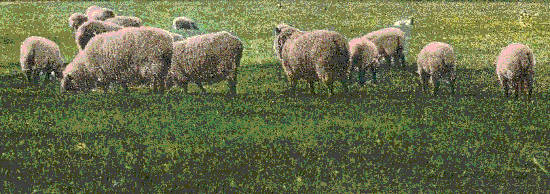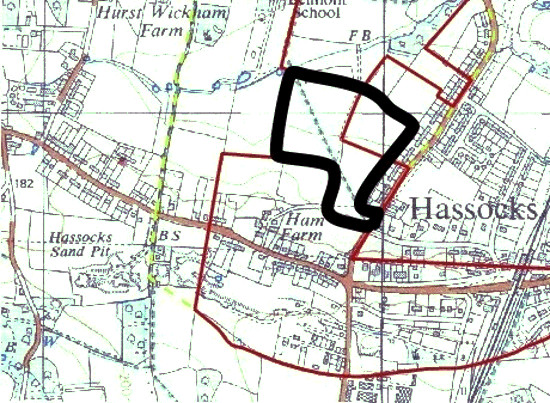
The South Downs National Park Authority reports:
The Veolia Environmental Trust have awarded a grant of £40,000 through the Landfill Communities Fund which is helping to improving the chalk grassland near Saddlescombe Farm, Brighton, where rare and threatened butterfly species such as the Small Blue, Chalkhill Blue and the Brown Argus can still be found. The funding means that newly improved chalk grassland on the edge of Waterhall Golf Course will join up with chalk grassland already managed by Brighton and Hove City Council — increasing the area that the butterflies can call home by 50 per cent.









